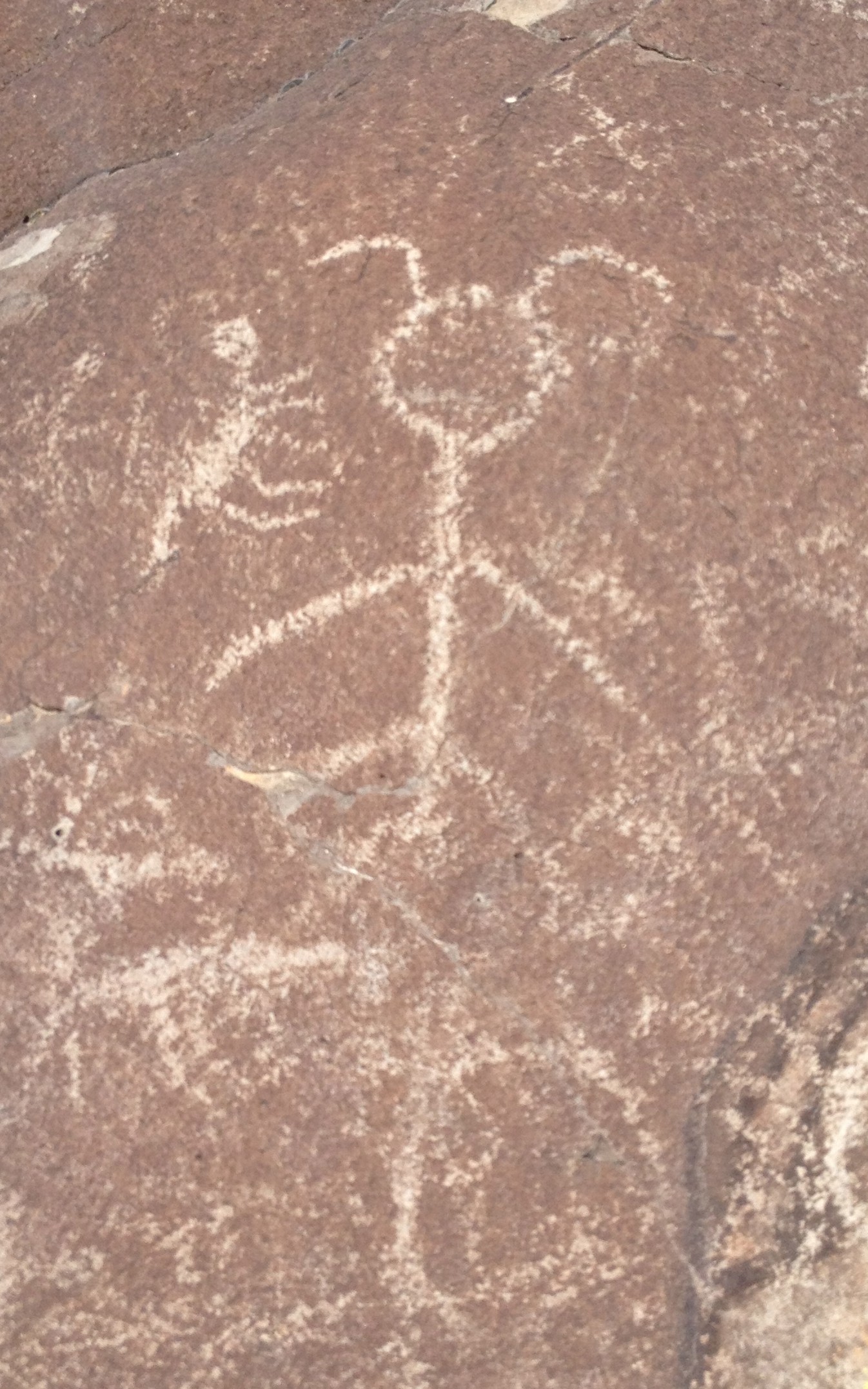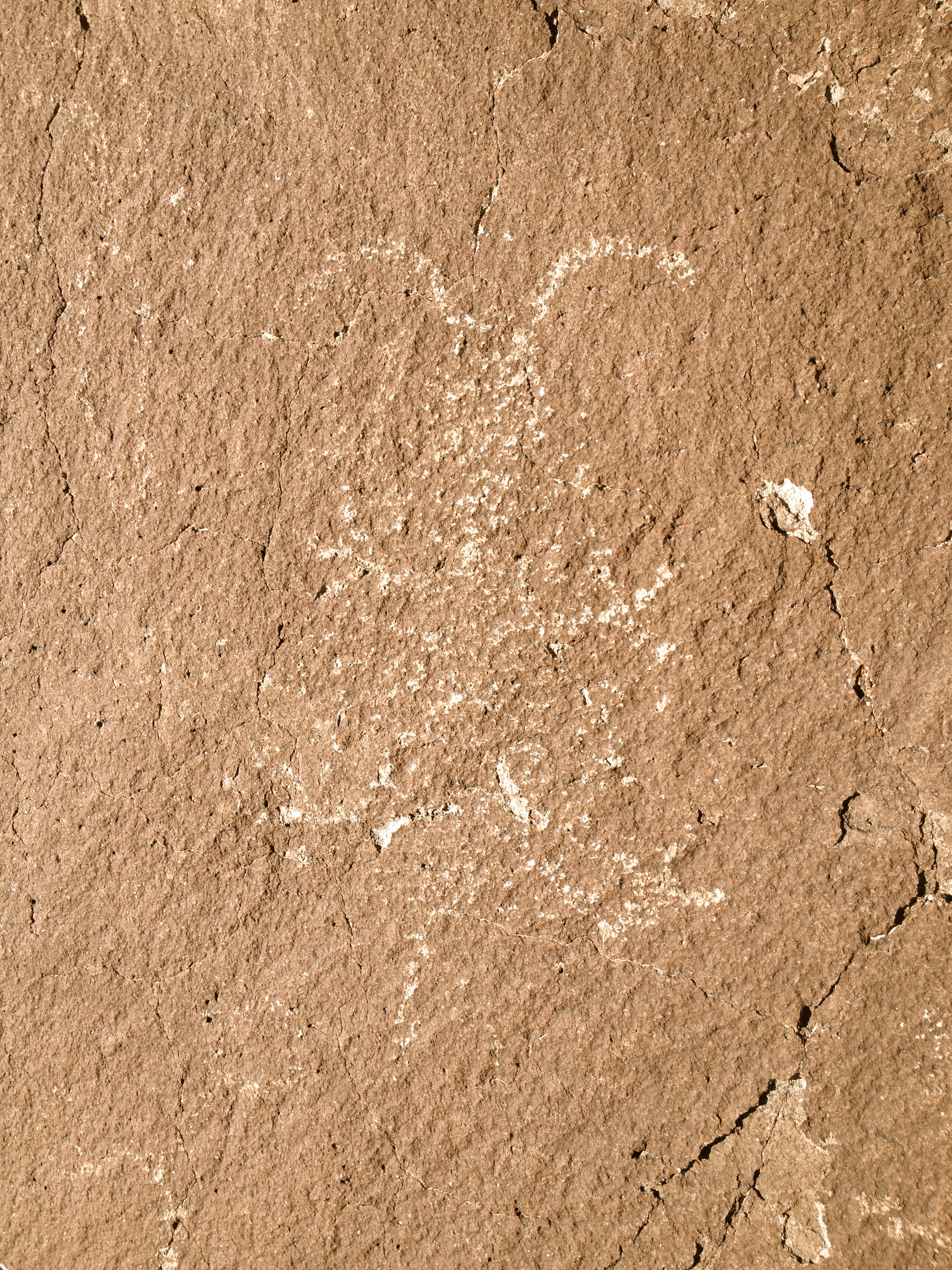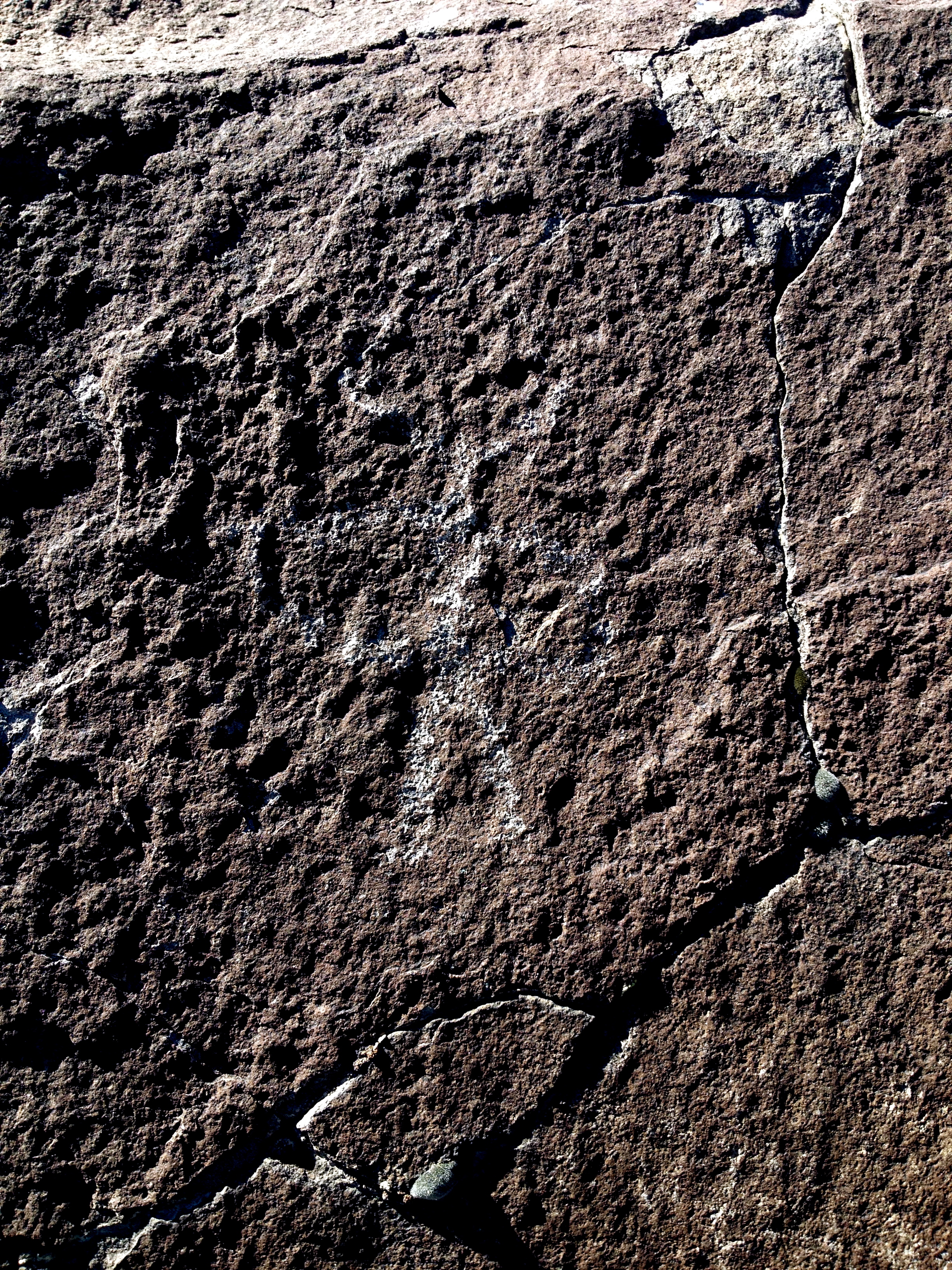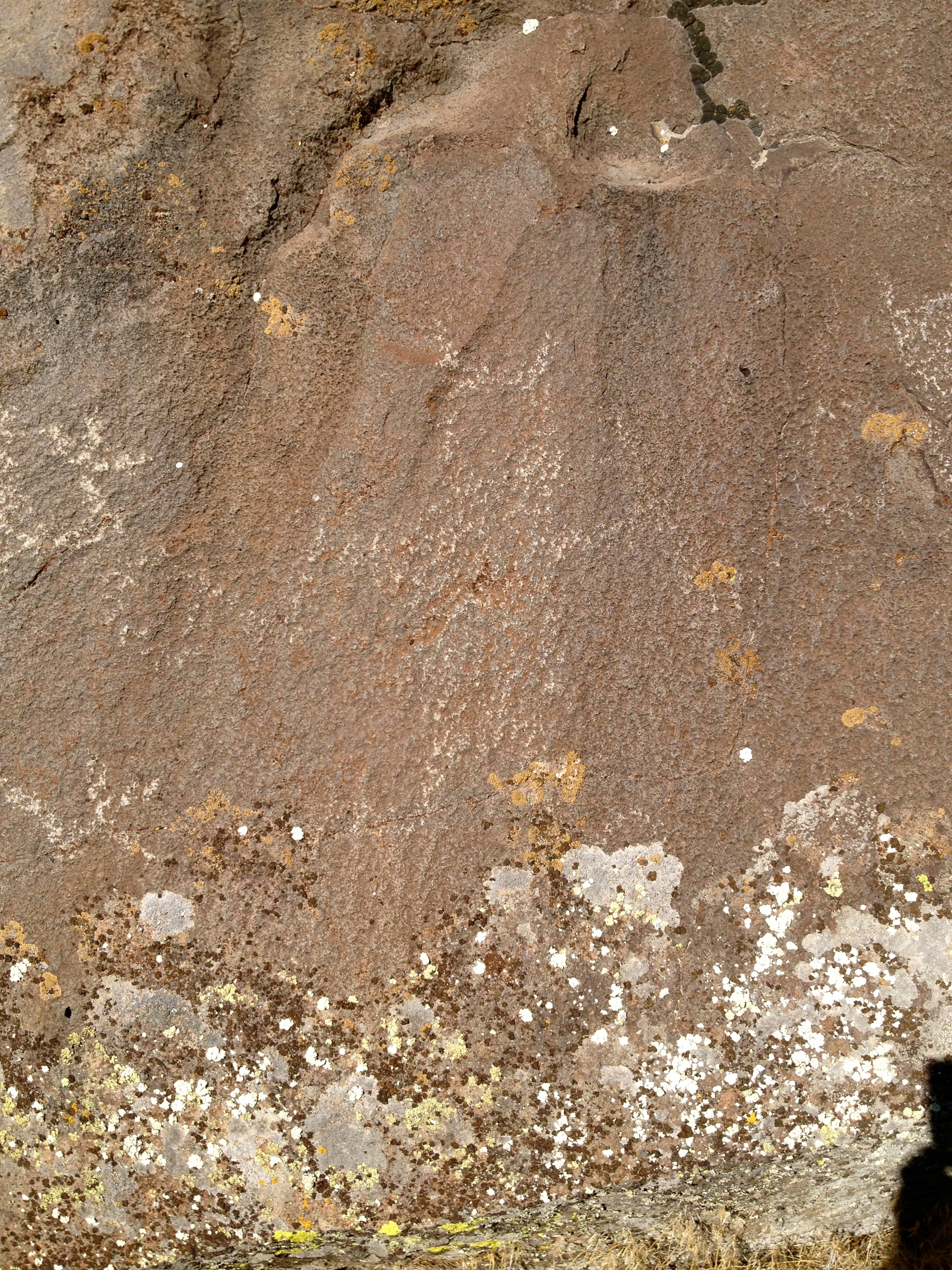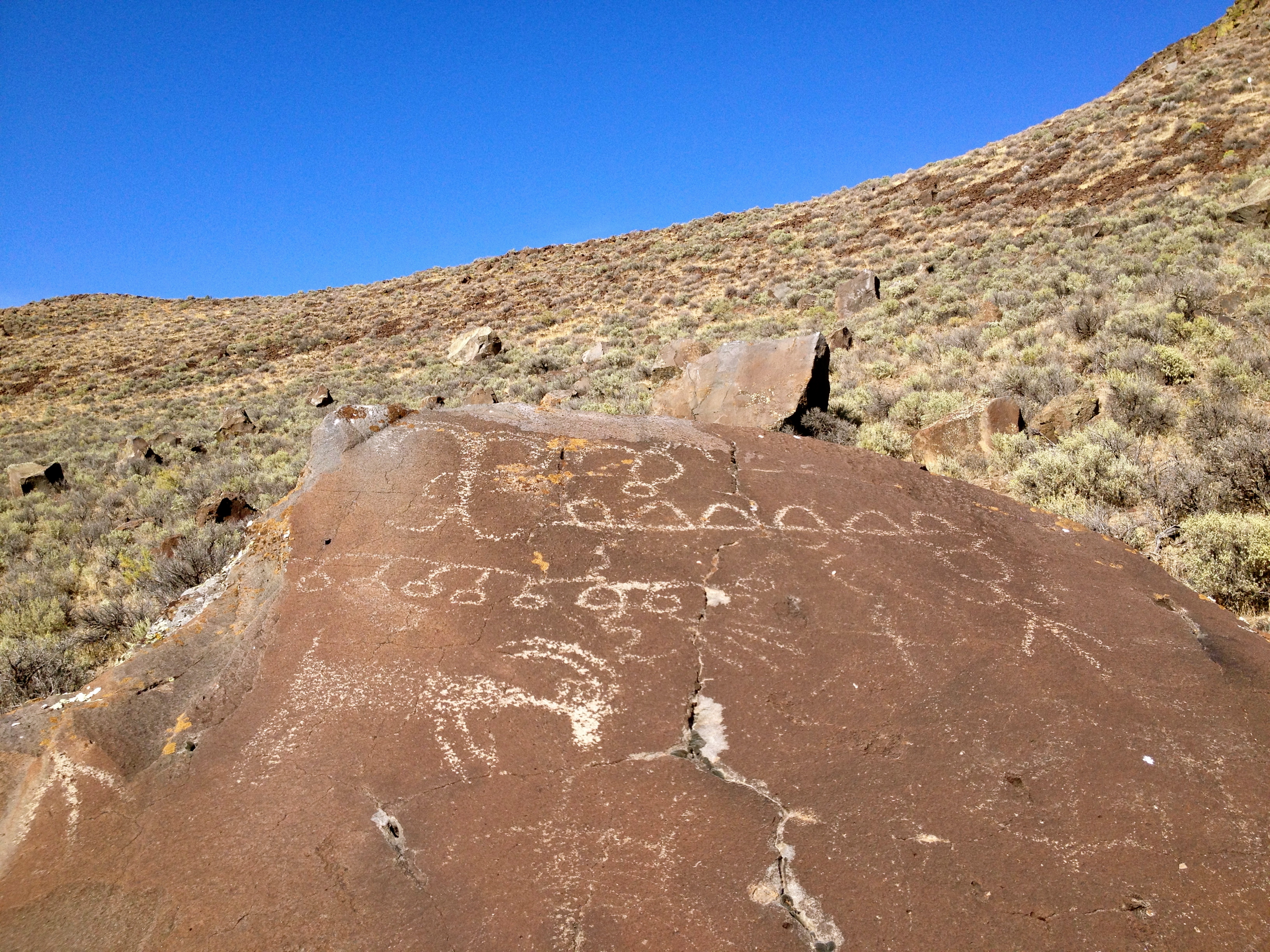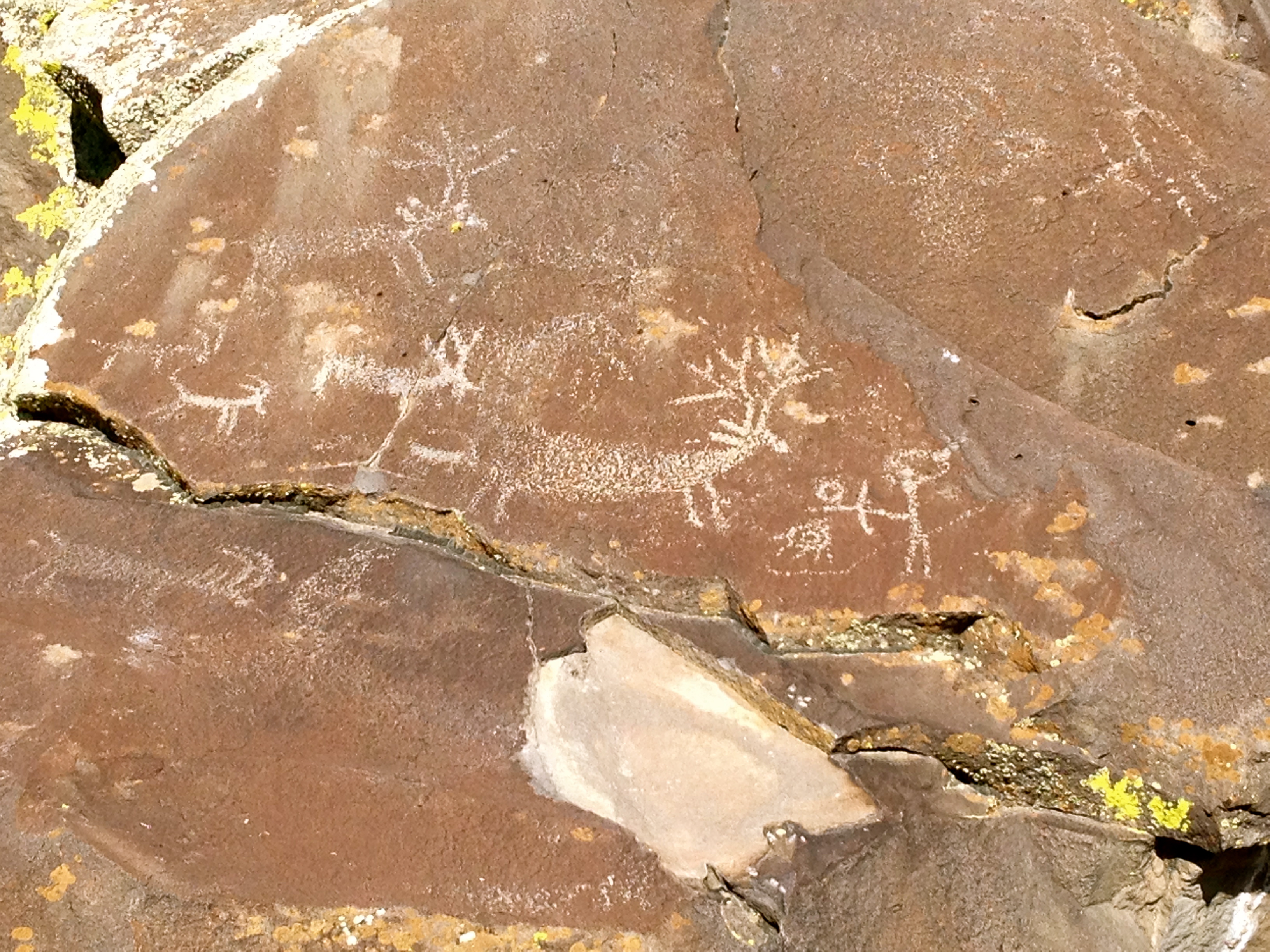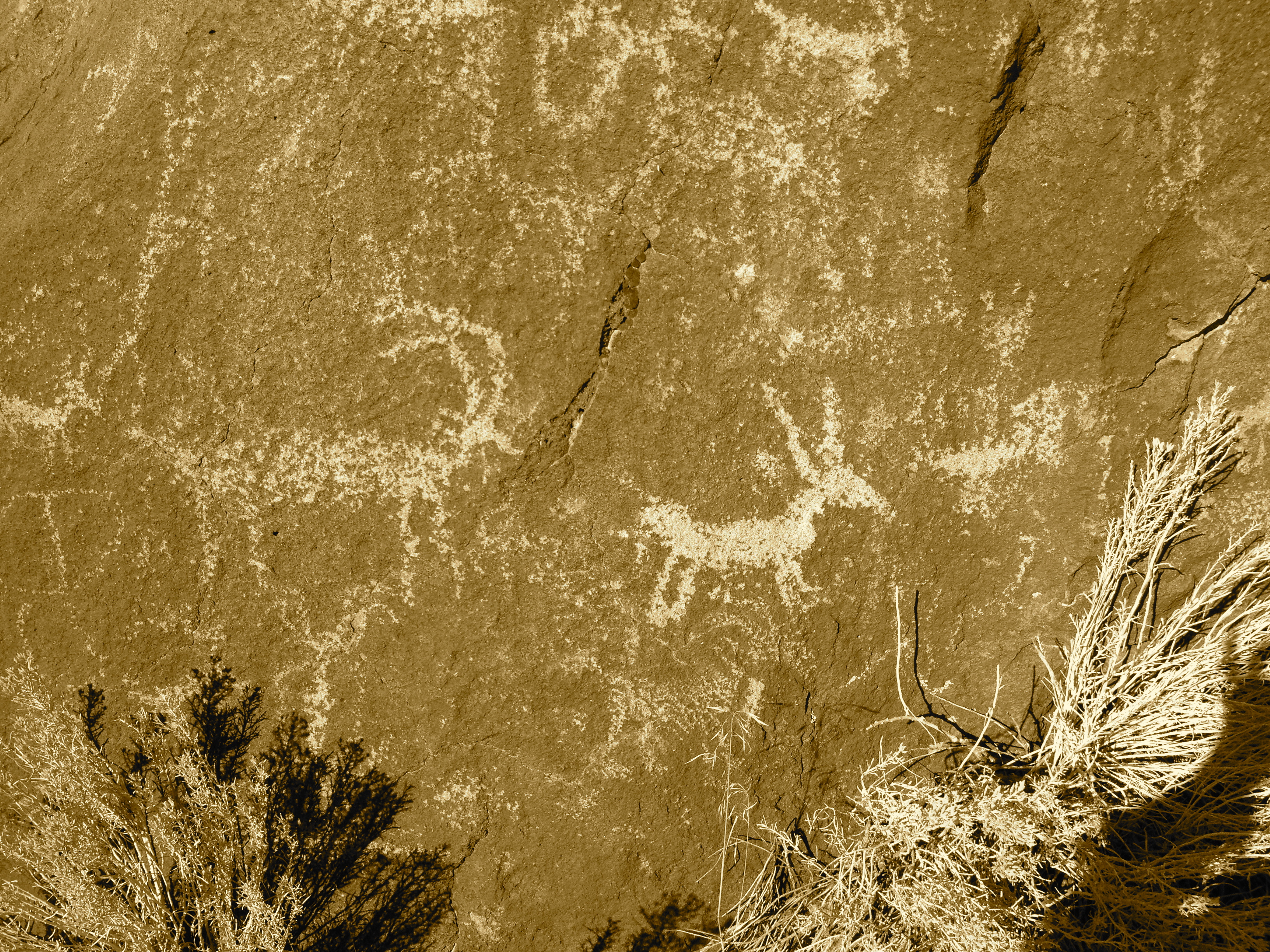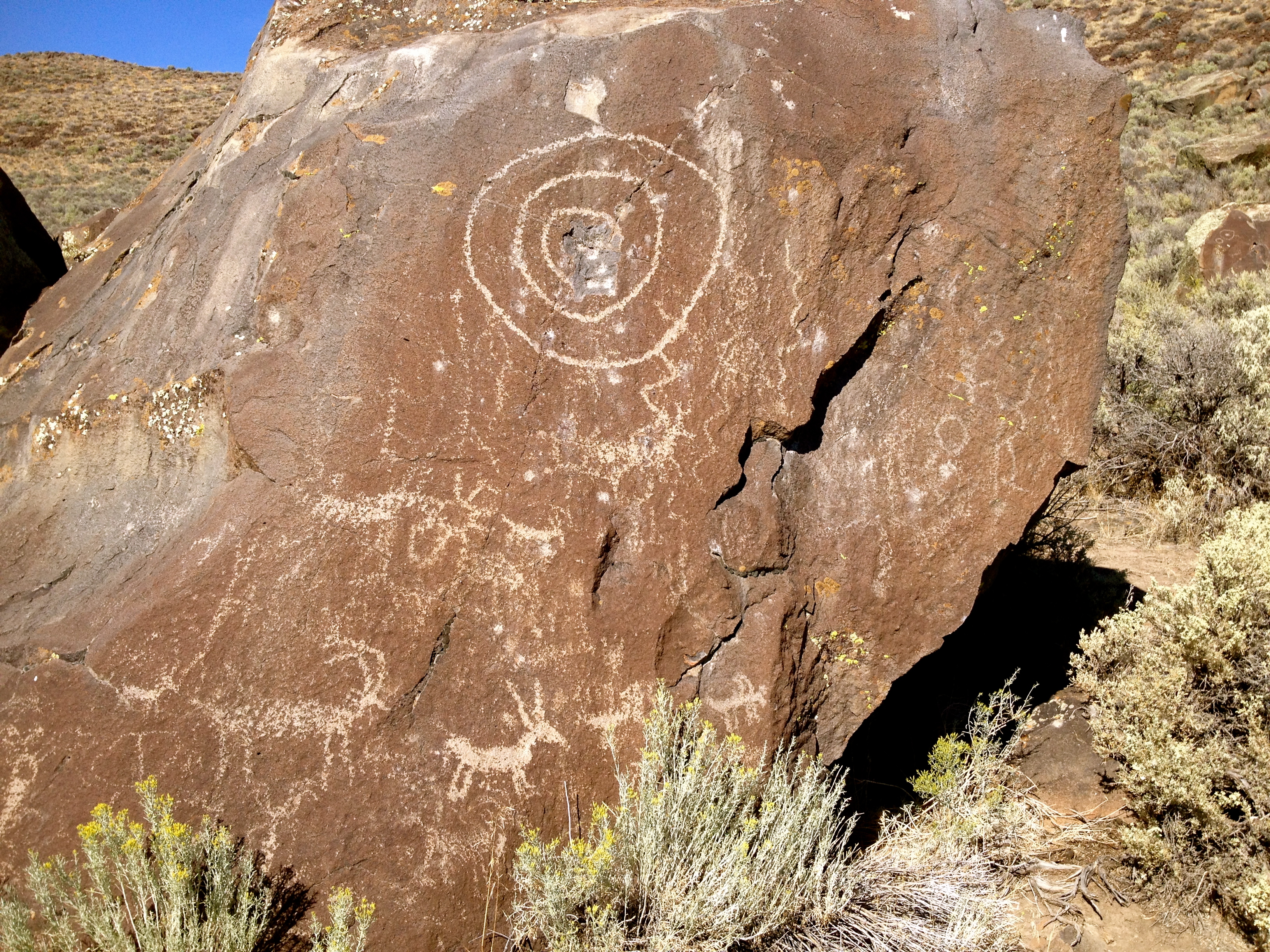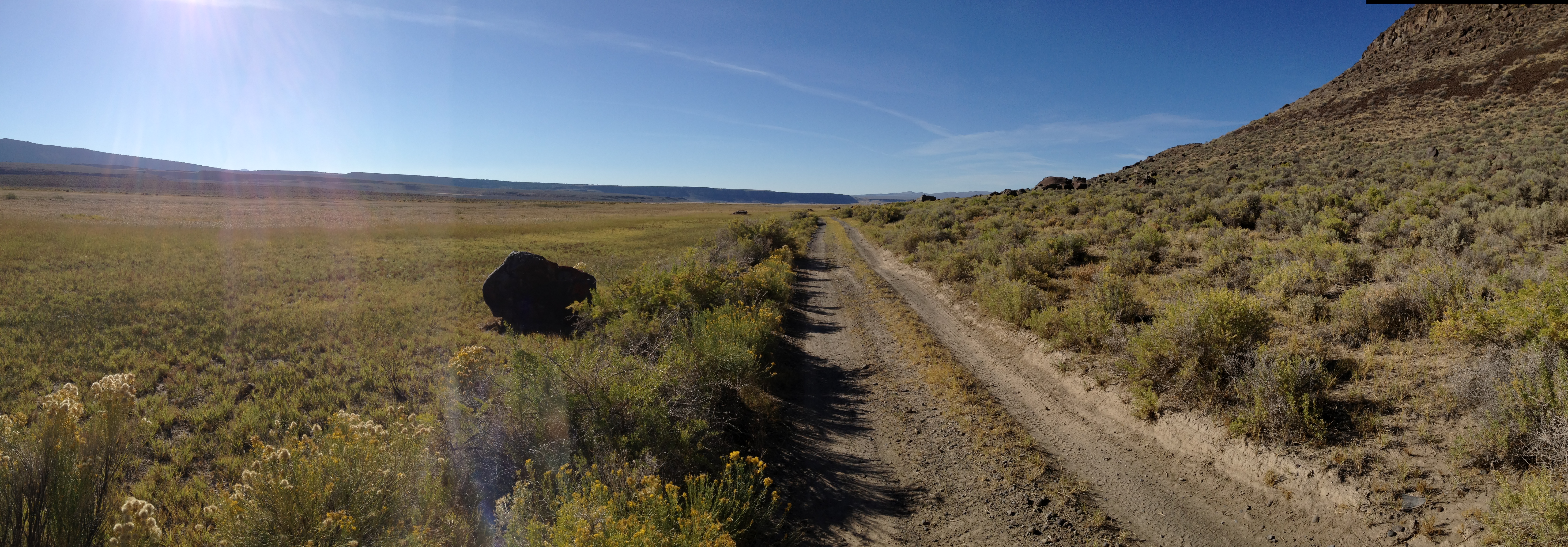Journeys to Inner and Outer Worlds: Part 1
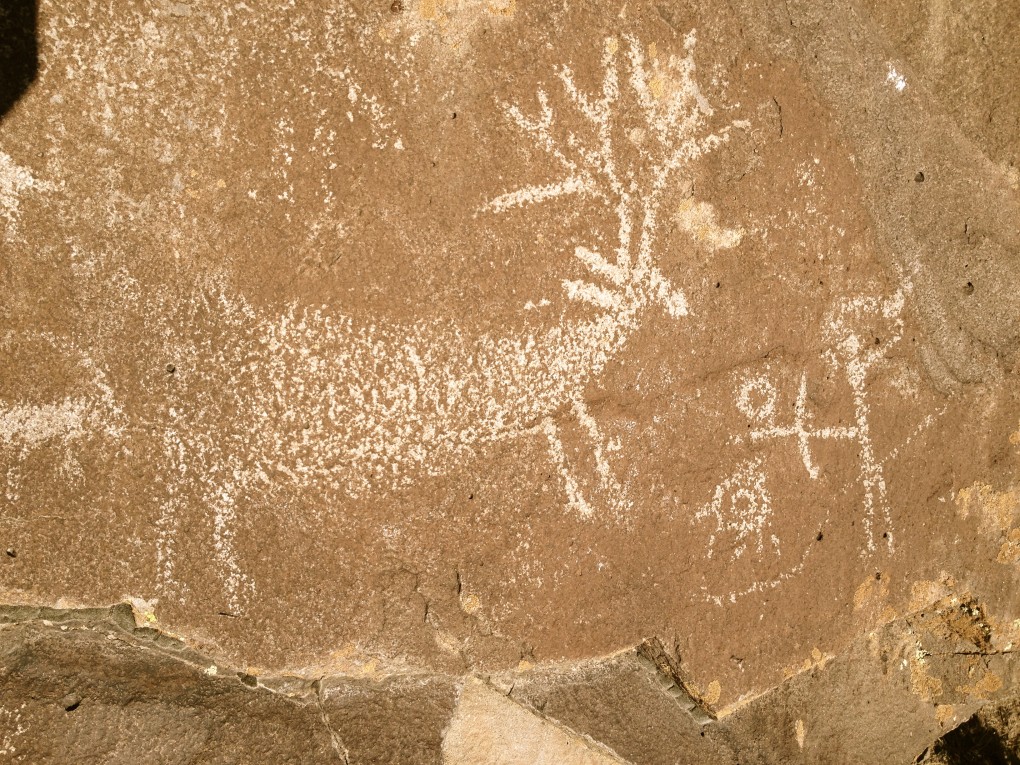
I recently visited the Hart Mountain Wildlife Refuge, in southeastern Oregon. The desert is a magical place of vast extremes. It was a dry 90 degrees by day and a dewy, frosty 32 by night. Eastern Oregon is in the height of a dry cycle (affected as well by the ongoing drought throughout the West), many of the ‘lakes’ in the area were nothing but alkaline salt flats. The wetland basis of Malheur and Warner Valley were dry grasslands.
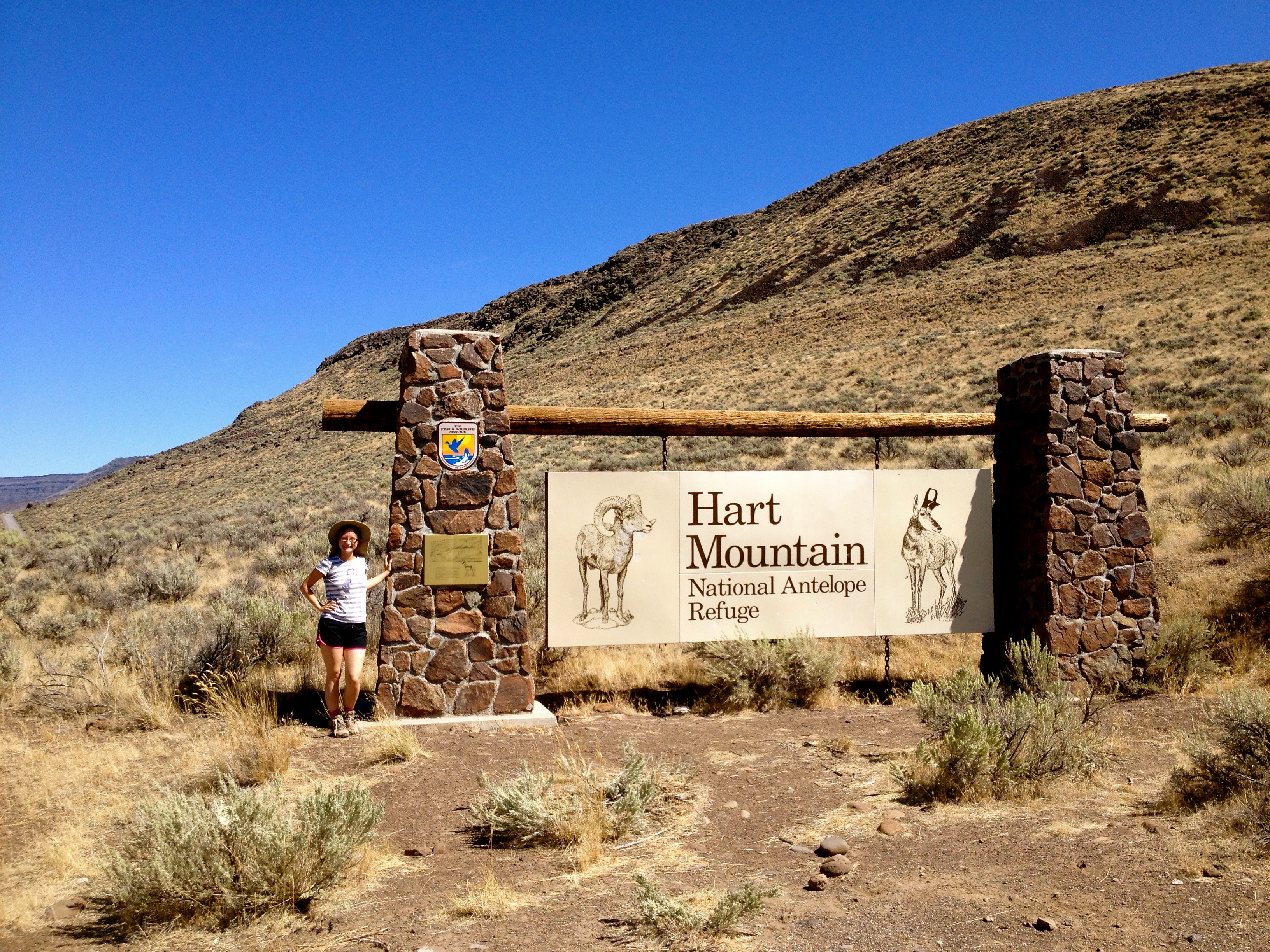
Despite the arid conditions we saw plenty of antelope, in pairs and small herds. Antelope are a beautiful species with distinctive white rumps, striped white markings on their chest and necks, and a gait and gaze that transports one back to pleistocene; a time when two species of cheetah roamed North America, as well as mastodon. It was a time when much of eastern Oregon were vast inland seas and lakes, pooled from the receding glaciers of 10,000-100,000 years ago.
The water and plentiful game made this region ideal for hunter-gatherer nomadic tribes—the people whose decedents would be called Paiute, Modoc, and others. The refuge is home to herds of antelope, bighorn sheep, coyotes, mountain lions, and copies small mammals and birds. Scattered throughout the rock outcrops and boulder fields, which punctuate the never-endings seas of sage, are evidence of these early people in the forms of petroglyphs. One such site that we visited contained 64 different boulder canvases, containing some of the most enigmatic and bizarre pictures I have ever seen. Their simplicity is deceptive, for every ’stick figure’ hunter, ram, and sun there are characters and forms that defy our understand and invite speculation. Some have suggested petroglyphs as evidence of ancient alien encounters, others attribute them to an overactive imagination and need to explain and depict the elemental forces of their lives. More recently and more interestingly, evidence and scholarship has attributed petroglyphs, and the ancient artists that made them, to spiritual and shamanic practice, journeys and encounters in other worlds, perhaps the results of altered state of consciousness.
As I roamed the boulders I couldn’t help but posit my own ideas, as an artist myself, and connect the rocks so to speak, relating these images to other traditions in a vast web of knowledge and experience over time and space.
It was interesting to note that most of the glyphs were formed on the south facing slope of a rock, directed skyward or toward the path of the sun. These positions were not necessarily the most convenient or easiest site for a drawing (there were often open faces closer to the ground, some with convenient boulders to sit on, that were left blank and untouched).
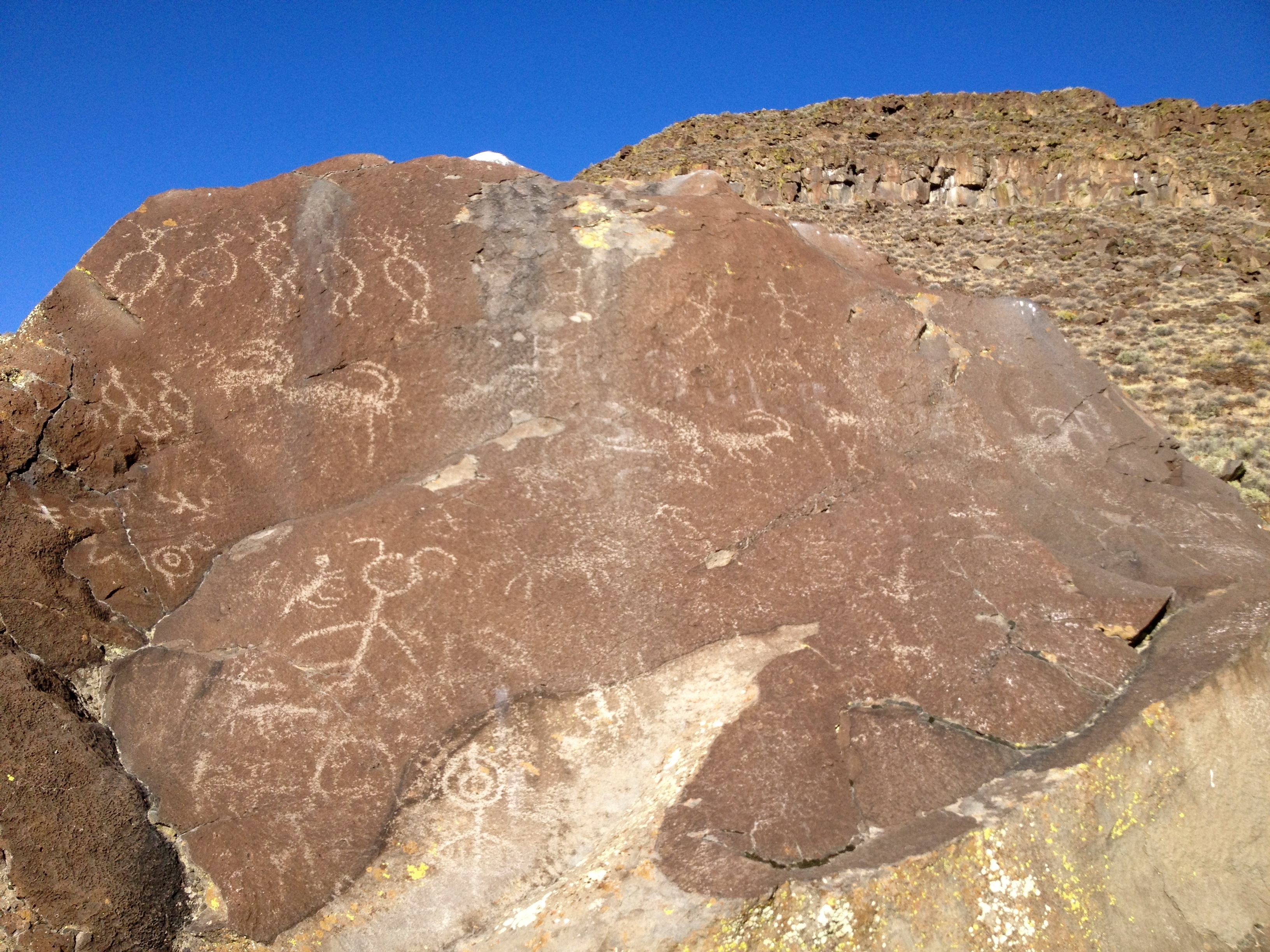
Notice the strange ‘turtle-people’ images in the upper left. Also notice the figure of a person with the archetypal antler feature (see below).
Other rocks revealed even more striking depictions of the archetypal ‘shaman’ figure with antlers, as well therianthropic features:
A very compelling images (with unfortunate modern graffiti as well):
Besides the deer, antelope, and sheep images, note the figure in the upper right corner:
Below are some wonderful images of quadrupeds, note the sheep yearling suckling at the teat of a mother (at right):
Many petroglyphs around the world, as well as the ancient cave paintings of Europe are known to use contours of the rock itself to provide realistic or allegorical expression. Could the location of the hunting scene below signify the rock as allegorical of the surrounding plateaus where the sheep and deer herds are still found and hunted, roaming the bluffs and cliffs?
The most convincing shamanic set of images (see below) includes the concentric circles, resembling a target, accompanies by zig-zag lines, and shaman figure surrounding the circles (another can be seen in the far left vicinity of the boulder). An archetypal and ubiquitous feature of rock art and shamanic journeying, concentric circles represent (and literally depict) the ‘tunnel’ or spiral to the lower world experienced in the most basic rites of shamanic practice. Zig-zag lines are also a ubiquitous image, which accompany trance, hallucinogenic, and shamanic rock art documented all over the world. Note the distinction between the circles and the sun. My next post will examine my own recent experiments in shamanic journeying as well as further examine and provide evidence for my amateur hypothesis into the connection of these glyphs with shamanic journeying the world over.
Below: Looking northwest over Hart Lake and Warner Valley and five mile long dirt road that took us to the petroglyphs (boulder fields can seen to the right). What journey it was to go back in time with these images in this landscape.


